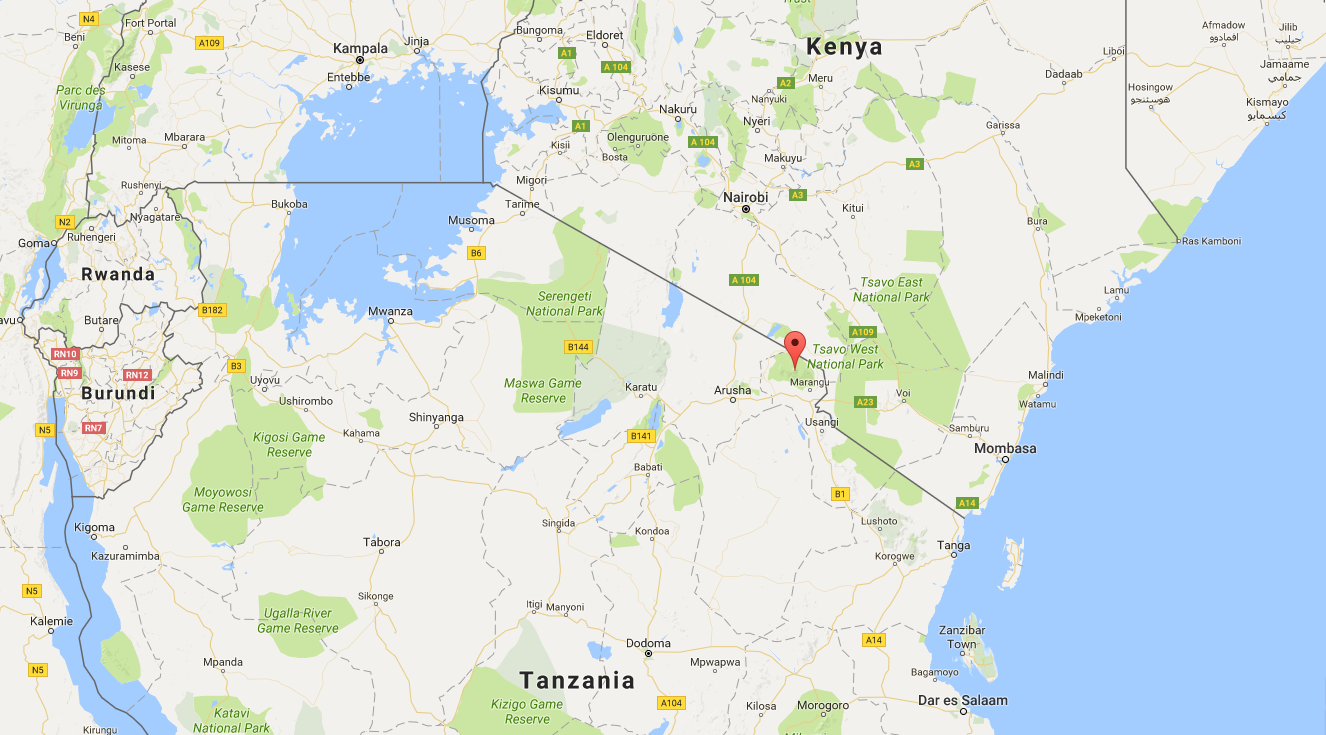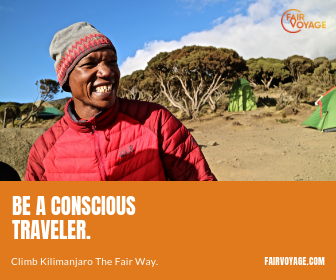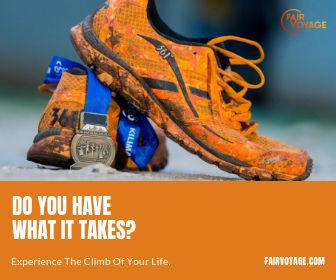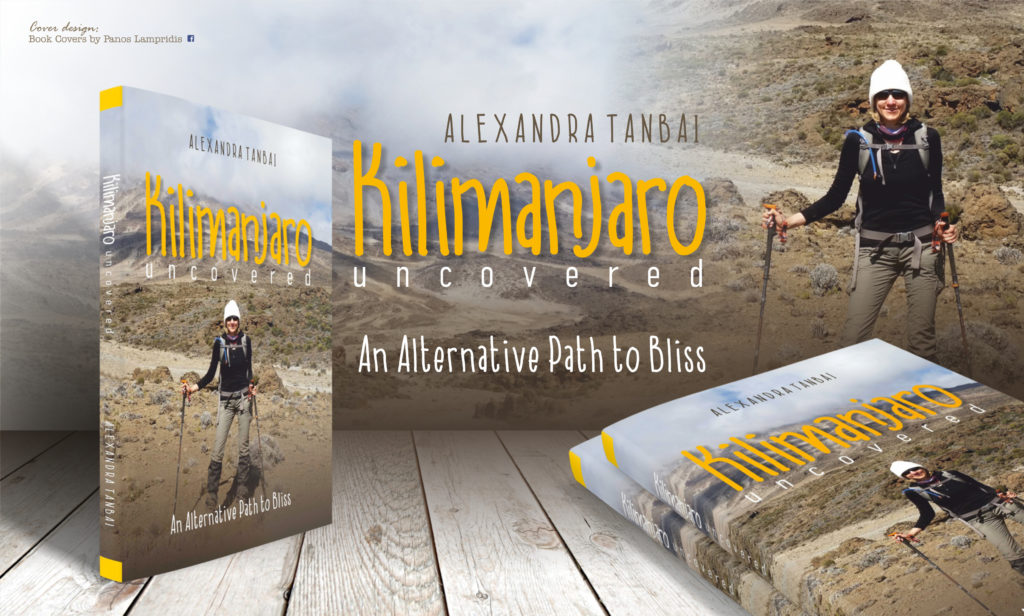Tanzania boasts of hosting the highest peak in Africa, located in the northern part of the country close to its border with Kenya. The peak in question is Mt. Kilimanjaro which is elevated 19,340 ft or 5,895 meters above sea level and also ranks as the highest mountain in the world that is not part of a mountain range.
Like many other mountains, Mt. Kilimanjaro formed as a result of volcanic activity over a million years ago resulting in its three volcanic cones: Mawenzi, Kibo, and Shira.
Amongst the three cones, Mawenzi and Shira are extinct while Kibo is dormant with minor volcanic activity noted less than two centuries ago. However, the cone is believed to have had a major eruption over 360,000 years ago. On Kibo is the Uhuru Peak which is the highest point on the mountain.
Over the years there has been a notable decline in the glaciers on the peaks of the mountain, and approximately in the next two decades, the ice cap on the mountain will have vanished entirely.
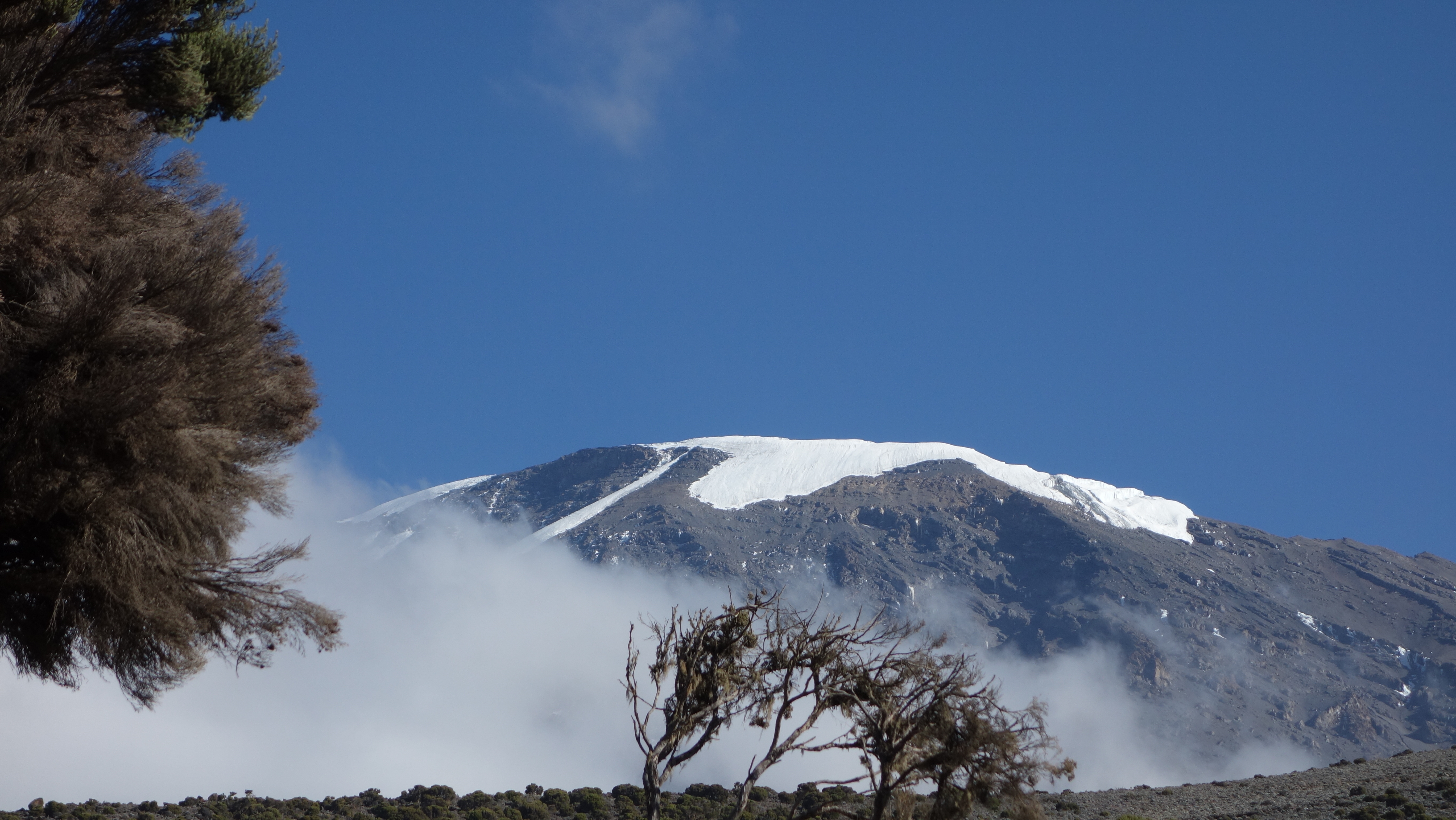
Kibo view from Millenium Camp – photo by Lynn Jackson
Occupying a position as the fourth highest of the seven summits, ascending to the top of the mountain is as much a challenging as an alluring task usually approached from seven different routes that vary in a degree of complexity determined by their individual terrains and time of the year. The routes are Marangu, Machame, Rongai, Shira, Lemosho, Northern, and Umbwe.
